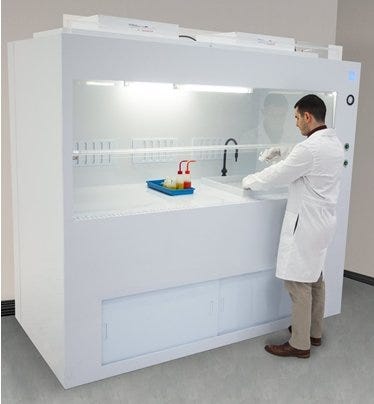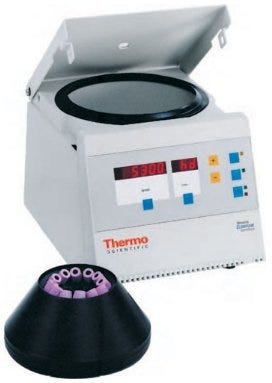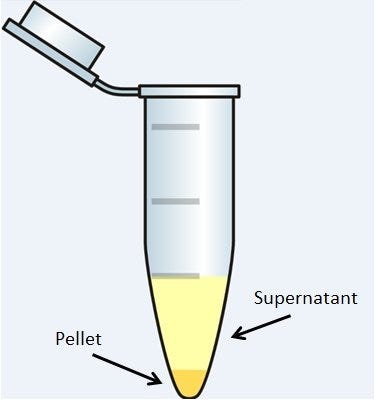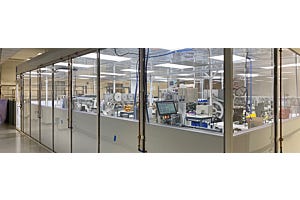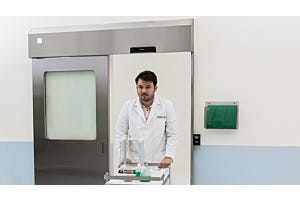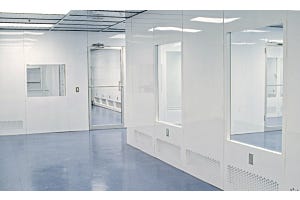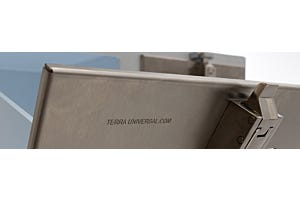What is a Semiconductor?
“Semi-conductors,” also known as integrated circuits (ICs) or chips, are components with more electrical conductivity than insulators, but less electrical conductivity than conductors, as measured by the potential activity of charged electrons. They are ubiquitous in our society: anything with an ON/OFF switch contains an integrated circuit. Metalloid elements such as the abundant silicon (Si) are used as the chips’ substrate. When manufactured, impurities are deliberately added (a process called “doping”) to alter the conductivity characteristics, making them more suitable as electronic-device components. Common dopants are arsenic or boron, each with a different quantity of outer electrons that create positive or negative charges and electron “holes.” In a move away from electronic technologies such as vacuum tubes and crystal diodes in 1958, semiconductor components have allowed companies to continually



